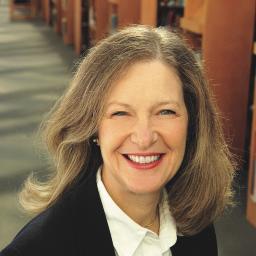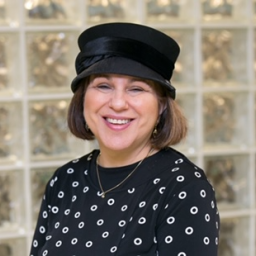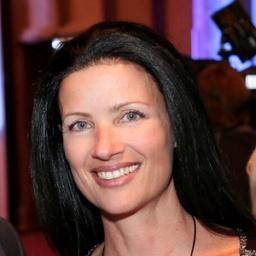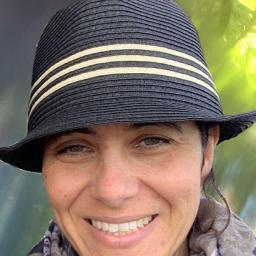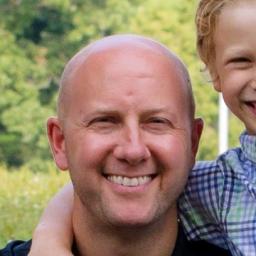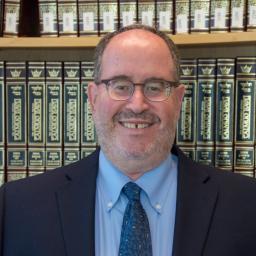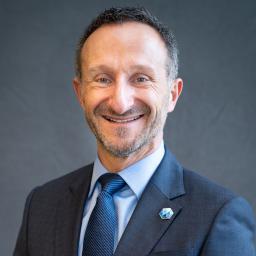As a child, if I ever said I didn’t like something my mom made for dinner, she would reply, “That’s okay; you just don’t know what’s good,” and then point to the cereal cabinet. While one could argue whether the quality and taste of food could be objectively measured, her point was that I would eventually learn what was “good”- not just in food, but in other areas of life as well. (Full disclosure: the foods I hated back then, such as stuffed cabbage, are now my favorites!)
I’ve been thinking a lot about this concept and how it applies to schools.
Here’s a common scenario: Teachers have just read the weekly staff memo and they are up in arms about something the administration decided on, without teacher input. They look at one another and, in unison, shout, “What were they thinking?!” or “Why did they think that was okay?!” The administrators, of course, think the teachers just don’t get it.
With such a polarity of views, it’s possible that each side (perhaps using other words) would say to the other, “You just don’t know what’s good.”
Do people in your school know what the best practices are for the various functions of school life? What good and timely communication means? What “collaboration” looks like? How to show respect to teachers? How to design and implement a good Kabbalat Shabbat program? How to onboard a new teacher? How to adopt a new schoolwide program?
Do people in your school have a common understanding of what makes a school good (or great, or excellent?)
Proofs of Excellence
Some schools think that the golden trilogy of test scores, money raised, and number of students is all you need to prove the school is great.
Other schools point to artifacts they believe are true indicators of a well-run school. For instance:
- Weekly memos between administration and faculty equal good communication;
- An up-to-date Personnel Handbook equals good HR practices;
- Minutes of monthly board meetings equal good governance.
One can certainly check these items off a “to do” list and be convinced that all is well. But a deep dive may uncover some problems. The weekly memo actually leaves teachers confused; in spite of the Handbook, teachers don’t feel safe or appreciated; the board is completely unaware of problems in the school.
Whether it’s in curriculum, pedagogy, communication, school culture, or systems, there are parts of school functioning that need to be clearly described, clearly measurable, and constantly updated. A school needs to know, in detail, what “good” looks like.
Standards and Measurement
One way of defining “good” is to use established standards. Here is one standard from the 37-page publication, Professionals Standards for Educational Leaders (National Policy Board for Educational Administration, 2015):
Develop and support open, productive, caring, and trusting working relationships among leaders, faculty, and staff to promote professional capacity and the improvement of practice.
Though a mouthful, this is actually a great standard. But how do you make this standard come alive in your school? How do you know what to do? Here it is again, with the key words that can be defined and measured highlighted in bold.
Develop and support open, productive, caring, and trusting working relationships among leaders, faculty, and staff to promote professional capacity and the improvement of practice.
These are the elements that show everyone what "good" looks like in a school.
The 2017 MCIEA School Quality Framework also created standards (or “quality measures”), but they added survey questions that could be used to measure compliance. Here’s one measure with a sample of questions (out of 18) that teachers were asked:
Measure 1: Teachers and Leadership
Are skilled teachers working together with supportive administrators?
- Are teachers supported in their development as professionals?
- How prepared are you for teaching the topics that you are expected to teach in your assignment?
- To what extent to you trust your principal at his or her word?
- At your school, how comfortable are you raising concerns with the principal?
- How much does your principal know about what's going on in the teacher's classrooms?
As Douglas Reeves has pointed out, you measure the things you care about. Defining the elements of a standard, defining the “good,” is an exercise that helps a school clarify its mission, goals and values. It also creates consensus around various policies and practices in the school.
Setting Schoolwide Standards
What does it take to create, follow and measure a set of standards in all areas of school operations? Step one is humility: If people are telling you something is broken, thank them for giving you the opportunity to take a fresh look at things. Step two is to acknowledge that doing so is part of fulfilling one’s professional responsibilities. Step three is get excited: This is a project that will be benefit the entire school community.
The next time you or others get upset about something your colleagues, teachers or administrators do, please know that looking to the sky, rolling your eyes, and asking “What were they thinking?!” or “Why did they think that was okay?!” are actually great questions. Because underlying the frustration, there is a powerful question that has the potential to transform your school: “What is our definition of good?”




